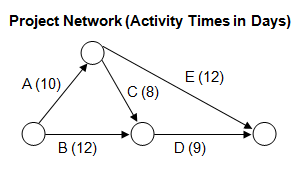Certified Internal Auditor - Part 3 Business Analysis and Information Technology
Here you have the best IIA IIA-CIA-Part3 practice exam questions
- You have 226 total questions to study from
- Each page has 5 questions, making a total of 46 pages
- You can navigate through the pages using the buttons at the bottom
- This questions were last updated on March 25, 2025
